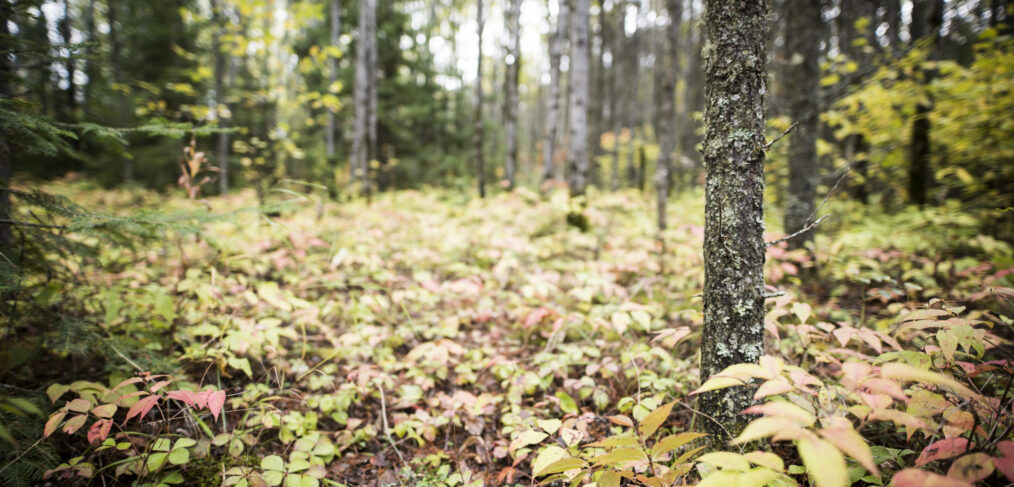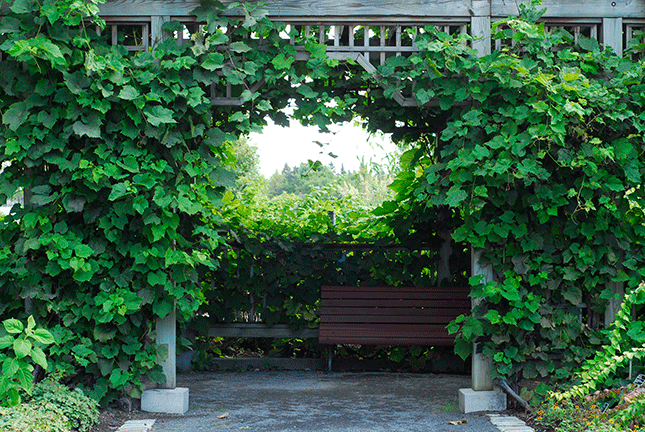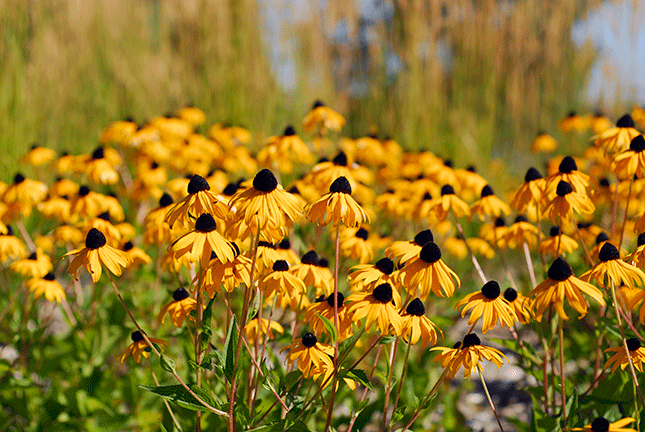This is truly a remarkable time for landscape design.
The shift from highly manicured gardens to a more naturalized landscape has brought about a gentler approach to working with nature. An approach that is centered on managing processes vs maintaining them.
The garden is after all alive, and all living things must change — and the real beauty is in embracing change over time.
The shift from dominating the landscape to working with nature stems from a deep seated need to connect with something other than ourselves. To connect with nature, is to truly come home.
The desire to improve the integrity of own personal spaces, is one of the most impactful changes we have seen in the gardening industry.
Perhaps the greatest catalyst for change is the research illustrating that many habitats and ecosystems are under threat of collapse. The insidious use of pesticides,
fertilizers and fossil fuels have completely decimated the organisms that support our very existence. As a result the amount of pollinators has significantly decreased over the past few years.
As a result, new approaches to gardening are emerging — inspired by the beauty and systems found in nature.
More and more homeowners are implementing sustainable design into their properties — fueled by the need to make change at the personal level — one by one these natural gardens, connect and weave through the urban fabric, creating pollinator corridors, and attracting birds and wildlife.
We must support what supports us.
The desire to change, often begs the question — where do I start?
Here are some small ways to embark on your journey:
1. Add water
2. Let the grass grow
3. Increase Shrubs
4. Add native plants
5. Divert rain spouts into gardens
Taking our cue from nature encourages a softer, gentler approach to the earth,
It truly is a way back home.



